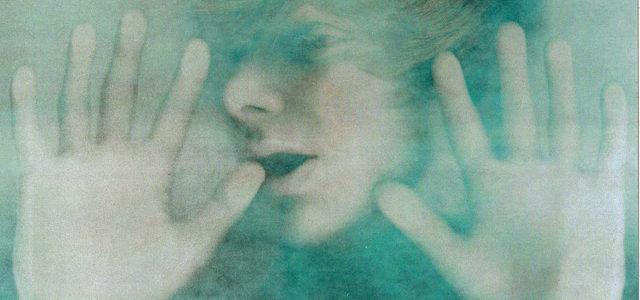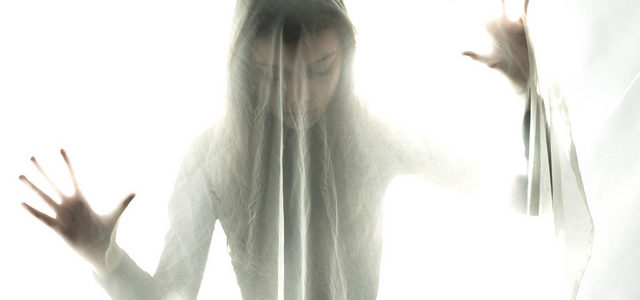Articles About Bipolar Disorder from Lori Calabrese, MD | The Ketamine Blog
Serious and Complex Condition
Bipolar disorder’s symptoms demonstrate a complex brain and behavior disorder characterized first and foremost by severe mood swings. Secondly, it includes an inability to regulate your emotions and responses Because of that, you have times of extreme emotional lows we call bipolar depression, and times of extreme highs we call mania or hypomania. Therefore, sometimes you suffer through both at the same time.
It’s notable that each mood can last for months or weeks or days… or even hours before it swings just as severely to the other extreme.
Sadly. people with this disorder often face suicidal thoughts, or specific plans for ending their lives. In addition, they show impulsivity. The result of the combination of impulsivity and suicidal thoughts is a dangerous mixture, that far too often ends in fatality.
For this reason, this disorder reduces longevity by an average of 25% less than healthy persons.
These articles about bipolar disorder are available to you to help you understand this condition better, and hopefully to better understand the one who suffers with it.
Causes of Bipolar Disorder
While we don’t know exactly what causes bipolar disorder, we do know that a combination of genetics, environment, altered brain structure and chemistry all contribute.
For one thing, we know the amygdala and hippocampus play significant roles in this disorder. These structures in the brain help form new memories and process learning and emotions.
As a result, when the hippocampus and amygdala malfunction, the result can be a mixture of memories that store painful emotions that are so relentless that the sufferer finds it difficult to recover from hurts and traumatic events many years later, as well as to forgive someone who has hurt him.
These difficulties cause severe distress for the sufferer who finds it almost impossible to let go of traumatic memories and loss. Instead, he suffers the full pain of the memory each time it comes to mind.
Cheating Death
So, a damaged amygdala can lead to a lack of natural fear of danger. Furthermore, possibly linked to this is the pursuit of adrenalin-stimulating opportunities. A common trait in those with bipolar disorder, you tend to crave danger, thrills, and activities that “cheat death”… and other forms of high risk behavior. Since the amygdala consists of two parts – one on each side of the brain – if both are damaged it results in the sufferer’s inability to distinguish emotion response in the facial expressions of others. Consequently, this type of damage may be linked to autism.
Symptoms
Symptoms of bipolar disorder can include:
-mood swings
-difficulty regulating emotion
-intense outbursts
-rapid pressured speech
-hypersexuality
-high risk behavior
-visual and/or auditory hallucinations
-grandiosity
-delusions
-severe insomnia
-hypersomnia
-suicidal thoughts
-feelings of worthlessness
-hopelessness
-despair
-lack of energy or hyper-energy
-difficulty focusing or retaining information
-shame, low self-esteem and therefore sometimes a belief that one has low intelligence
Mixed States
Some people experience long periods of depression with negative beliefs about themselves, then long periods – or short periods – of mania or hypomania with all the more energized symptoms, including overconfidence and grandiosity. In addition, some people suffer from mixed states which is a mixture of both.
At the same time, this person may experience high energy, sleeplessness, racing thoughts, and rapid speech combined with irritability, rage, explosiveness, despair, and suicidal inclinations.
Types of Bipolar Disorder
Bipolar 1 – most intense and severe
Bipolar 2 – also can be severe, consists of longer periods of depression interrupted by hypomania, which is less intense than mania.
Cyclothymic Disorder – shorter periods of less intense depressive symptoms alternating with shorter periods of hypomanic feelings.
Fear of Harm Bipolar Disorder – begins in children and consists of acute fear of harming others and/or of being harmed.
Bipolar Disorder of each type is a serious disorder. Continue reading these articles about bipolar disorder to learn more.

Ever notice how some people seem to collapse under an onslaught of traumatic experiences, and others almost seem to rise above them? Almost as if demonstrating their resilience? Why some people get PTSD and others don’t..that’s the question. People tend to say the latter type is “strong”… and the former type is weak…unable to withstand […]
Continue Reading

IV Ketamine Infusions Restore Jacob couldn’t remember the last time he was really at his best self. He’d struggled from day to day since he was about 4. Getting out of bed, getting dressed, and going to school, from first grade through high school… every day had been awful and just exhausting. As he got […]
Continue Reading

“I hope I don’t have bipolar disorder.” “It’s not bipolar, right?” “How do I know if it’s his bipolar disorder or if he’s just being a brat?” “Everyone just throws that term around like it’s the menu of the day—bipolar disorder is so overdiagnosed, it’s not funny.” The words are tough to hear. The phrases […]
Continue Reading


